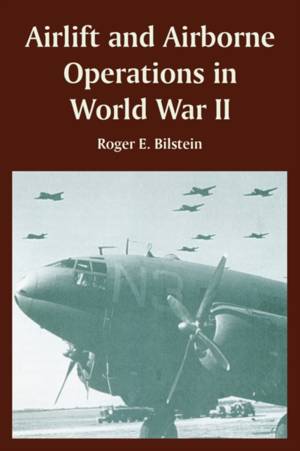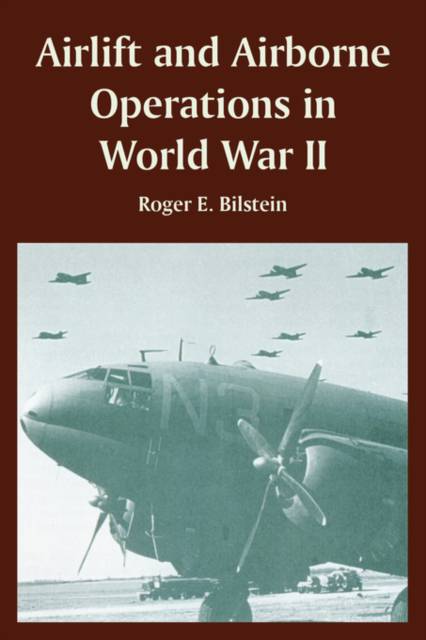
Door een staking bij bpost kan je online bestelling op dit moment iets langer onderweg zijn dan voorzien. Dringend iets nodig? Onze winkels ontvangen jou met open armen!
- Afhalen na 1 uur in een winkel met voorraad
- Gratis thuislevering in België vanaf € 30
- Ruim aanbod met 7 miljoen producten
Door een staking bij bpost kan je online bestelling op dit moment iets langer onderweg zijn dan voorzien. Dringend iets nodig? Onze winkels ontvangen jou met open armen!
- Afhalen na 1 uur in een winkel met voorraad
- Gratis thuislevering in België vanaf € 30
- Ruim aanbod met 7 miljoen producten
Zoeken
€ 23,45
+ 46 punten
Omschrijving
As World War II unfolded in Europe during the late 1930s and early 1940s, U.S. military planners realized the nation's airlift and airborne combat capability was underdeveloped and out of date. The U.S. Army Air Forces relied largely on civil airline equipment and personnel to launch the Air Transport Command's intercontinental routes to overseas combat zones. A separate Troop Carrier Command and newly formed airborne divisions hammered out doctrinal concepts and tactical requirements for paratroop engagements. Despite operational shortcomings, subsequent airborne assaults in North Africa and Italy generated a base of knowledge from which to plan such massive aerial formations and paratroop drops as those for the Normandy invasion and Operation MARKET-GARDEN, and strategic efforts in the China-Burma-India theater. Airlift routes over the Himalayas demonstrated one of the war's most effective uses of air transport. The Air Transport Command emerged as a remarkably successful organization with thousands of aircraft and a global network of communications centers, weather forecasting offices, airfields, and maintenance depots, and air-age realities influenced a postwar generation of dedicated military air transports operating around the world.
Specificaties
Betrokkenen
- Auteur(s):
- Uitgeverij:
Inhoud
- Aantal bladzijden:
- 60
- Taal:
- Engels
Eigenschappen
- Productcode (EAN):
- 9781410220141
- Verschijningsdatum:
- 11/02/2005
- Uitvoering:
- Paperback
- Formaat:
- Trade paperback (VS)
- Afmetingen:
- 152 mm x 229 mm
- Gewicht:
- 99 g

Alleen bij Standaard Boekhandel
+ 46 punten op je klantenkaart van Standaard Boekhandel
Beoordelingen
We publiceren alleen reviews die voldoen aan de voorwaarden voor reviews. Bekijk onze voorwaarden voor reviews.











